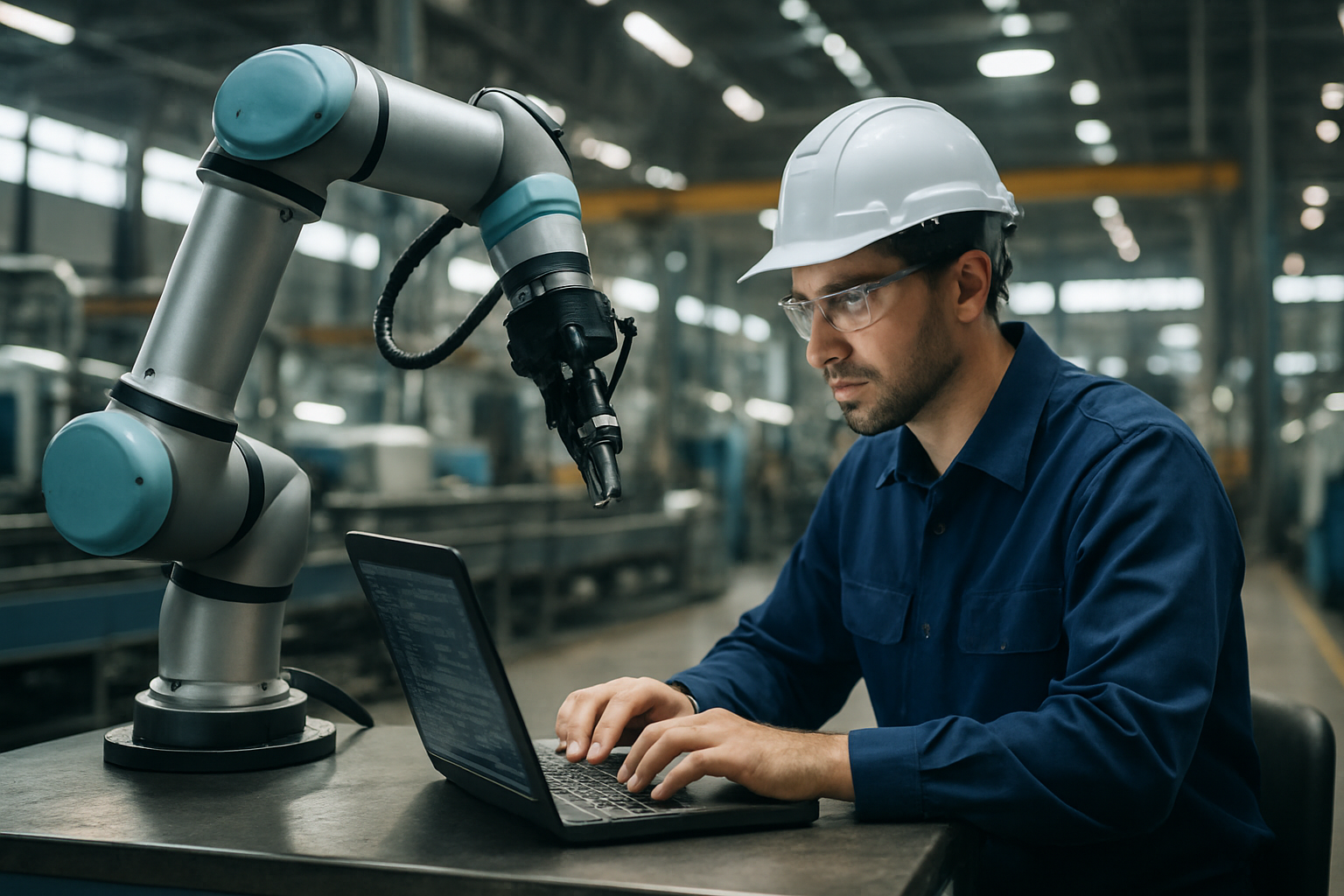Adaptive Capacity in Manufacturing: Building Resilient Operations
The manufacturing sector stands at a critical juncture, facing unprecedented challenges and opportunities. As global markets shift and technological advancements accelerate, companies must cultivate adaptive capacity to thrive. This article explores the concept of adaptive capacity in manufacturing and its potential to revolutionize industrial operations.

The Evolution of Adaptive Manufacturing
The concept of adaptive manufacturing has its roots in the early 20th century, with the introduction of mass production techniques. However, it wasn’t until the late 1980s that the term “agile manufacturing” gained traction, emphasizing the need for flexibility and responsiveness in production systems. Today, adaptive capacity in manufacturing has evolved to encompass a broader range of capabilities, including real-time data analytics, advanced robotics, and machine learning algorithms.
Key Components of Adaptive Capacity
Adaptive capacity in manufacturing is built on several interconnected pillars. First, flexible production systems allow for rapid reconfiguration of assembly lines and equipment to accommodate changes in product design or demand. Second, a skilled and adaptable workforce is essential, with employees trained in multiple disciplines and capable of quick learning. Third, robust information systems enable real-time decision-making and seamless communication across the organization.
Implementing Adaptive Strategies
Developing adaptive capacity requires a strategic approach and long-term commitment. Companies must first assess their current capabilities and identify areas for improvement. This may involve investing in new technologies, such as modular production equipment or advanced simulation software. Additionally, organizations should foster a culture of continuous learning and innovation, encouraging employees to experiment with new ideas and processes.
Measuring and Improving Adaptive Capacity
Quantifying adaptive capacity can be challenging, but several metrics can provide insight into an organization’s ability to respond to change. These include lead time for new product introductions, time to market for innovations, and the ability to scale production up or down quickly. Regular assessments and benchmarking against industry leaders can help companies identify areas for improvement and track progress over time.
Challenges and Opportunities
While the benefits of adaptive capacity are clear, implementation can be complex and resource-intensive. Organizations may face resistance to change, technical challenges in integrating new systems, and difficulties in balancing short-term efficiency with long-term flexibility. However, the potential rewards are substantial, including improved market responsiveness, increased operational efficiency, and enhanced competitiveness in rapidly evolving industries.
Adaptive Manufacturing Insights
-
Invest in modular production equipment to enable rapid reconfiguration
-
Develop cross-functional teams to improve organizational agility
-
Implement advanced analytics for real-time decision-making
-
Cultivate a culture of continuous learning and experimentation
-
Regularly assess and benchmark adaptive capacity against industry leaders
In conclusion, adaptive capacity is becoming an increasingly critical factor in manufacturing success. As industries face unprecedented levels of disruption and change, organizations that can quickly adjust their operations, innovate, and respond to new challenges will be best positioned to thrive. By investing in flexible systems, skilled workforces, and robust information technologies, manufacturers can build the resilience needed to navigate an uncertain future and capitalize on emerging opportunities.





